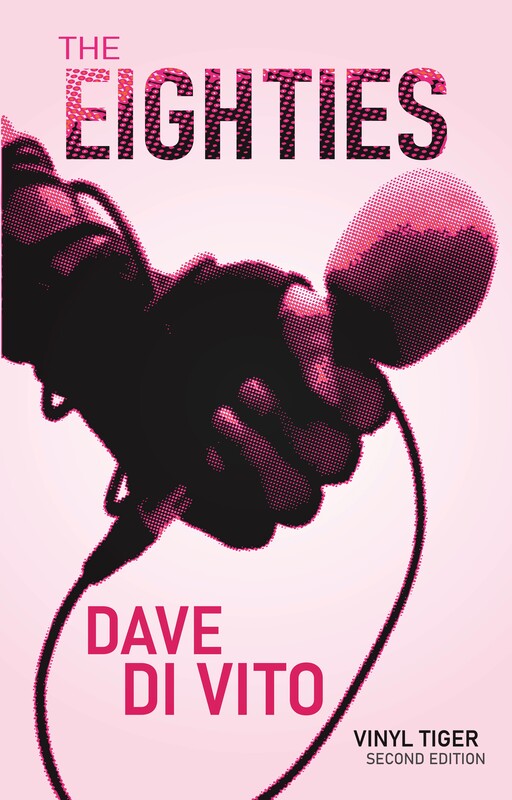 FotoGrafia, the International Photography Festival is on again at Macro Testaccio in Rome. This is the tenth edition of the event, presented at one of Rome's most evocative exhibition spaces, Macro being the site of the ex slaughterhouses of the city. As I am an absolute sucker for good photography, I felt I simply had to attend, pushing aside the underlying concerns I have in regards to photographic festivals that seem to be in every city, every town, every village of the world these days. My initial concern that such a spread of events spreads the talent even thinner seemed to be borne out at first when I visited the first of the two pavillions, that being the work with predominantly Italian pieces in them. It was a sense of dejavu that made me recall my visit to the Venice Biennale where the Italian pavillion left me decidedly underwhelmed, and a little frustrated. Here again are works which may be occasionally strong at a technical level, but in terms of aesthetic and ambience are lacking. There are two overwhelming problems in the Italian pavillion; the separately curated exhibits don't sit well with each other and there seems to be no interplay here; the exhibits make for uncomfortable bedfellows. The other problem is editing. Unfortunately, even the curated pieces here are lacking in editing; curators in this section of the festival seem unwilling to help their artists in thinking about what is vital, what fits, what will a viewer need to walk away with visually? In one exhibit, Giorgio De Finis gets so caught up in his concept of the Space Metropoliz that we are left with eighteen (!) images that even in their entirety fail to capture the heart and soul of the project's stated aims. The project instead relies on the didactic text to explain that the photos were taken at a centro sociale on the Casalina, a district in the impoverished Eastern region of Rome, in a bid to document not only the trying conditions in which the immigrant subjects of this piece live, but to also achieve the photographer's aim of bringing the (faded) lustre of space iconography to the commune in order to elevate their spirits. What we are left with are too many large format images on a single wall that are only linked because of their repeated use of the lunar icon and a few well placed astronaut outfits. What's lacking are real studies of the subjects and a visible documentation of the effects of the visit, and what could have been better said with perhaps six images is instead spread too thin across eighteen. Much better in this pavillion is Salvatore by Lorenzo Maccotta (curated by Giovanna Calvenzi). Here, an attempt by Maccotta to better understand his father, with whom he has a strained relationship, takes him on a six month journey to the north of Africa, across Sicily and the southern islands of Italy. At the end of this, Maccotta and Calvenzi choose no more than eight or so images, each striking, simplistic and evoking the dry, arid areas in which Salvatore's life has played out, and the gradual warming of the air between father and son. It's a well thought out and deeply personal project which bears real fruit. An underwhelming series by Pablo Lopez (in Rome) and a hit and (mostly) miss affair by Alec Soth compound that tendency to over populate exhibitions, but the same approach is more successful when adopted by Valentina Vannicola, whose elaborately staged and produced L'inferno di Dante, imaginatively brings to life fifteen of the differing hells espoused in Dante's Inferno, a text with which all Italians are familiar with due to the required reading and study courses that even elementary school students here have to take. Overall that first pavillion is very underwhelming. As I left it with friends, they told me that they didn't know how to feel, given that they normally were accustomed to visiting artist specific exhibitions. I explained, a good collective exhibition should leave you feeling challenged; challenged in the sense that your feelings should be competing with each other to help you determine which works you felt most strongly about, rather than leaving you feeling tired, apathetic and wondering why you mostly bothered when there were a handful of really touching and provocative works in a stable full of otherwise voiceless images.
3 Comments
|
Dave
|
|
|
Dave Di Vito is a writer, teacher and former curator.He's also the author of the Vinyl Tiger series and Replace The Sky.
For information about upcoming writing projects subscribe to the mailing list. Dave hates SPAM so he won't trouble you with any of his own. He promises. |




 RSS Feed
RSS Feed